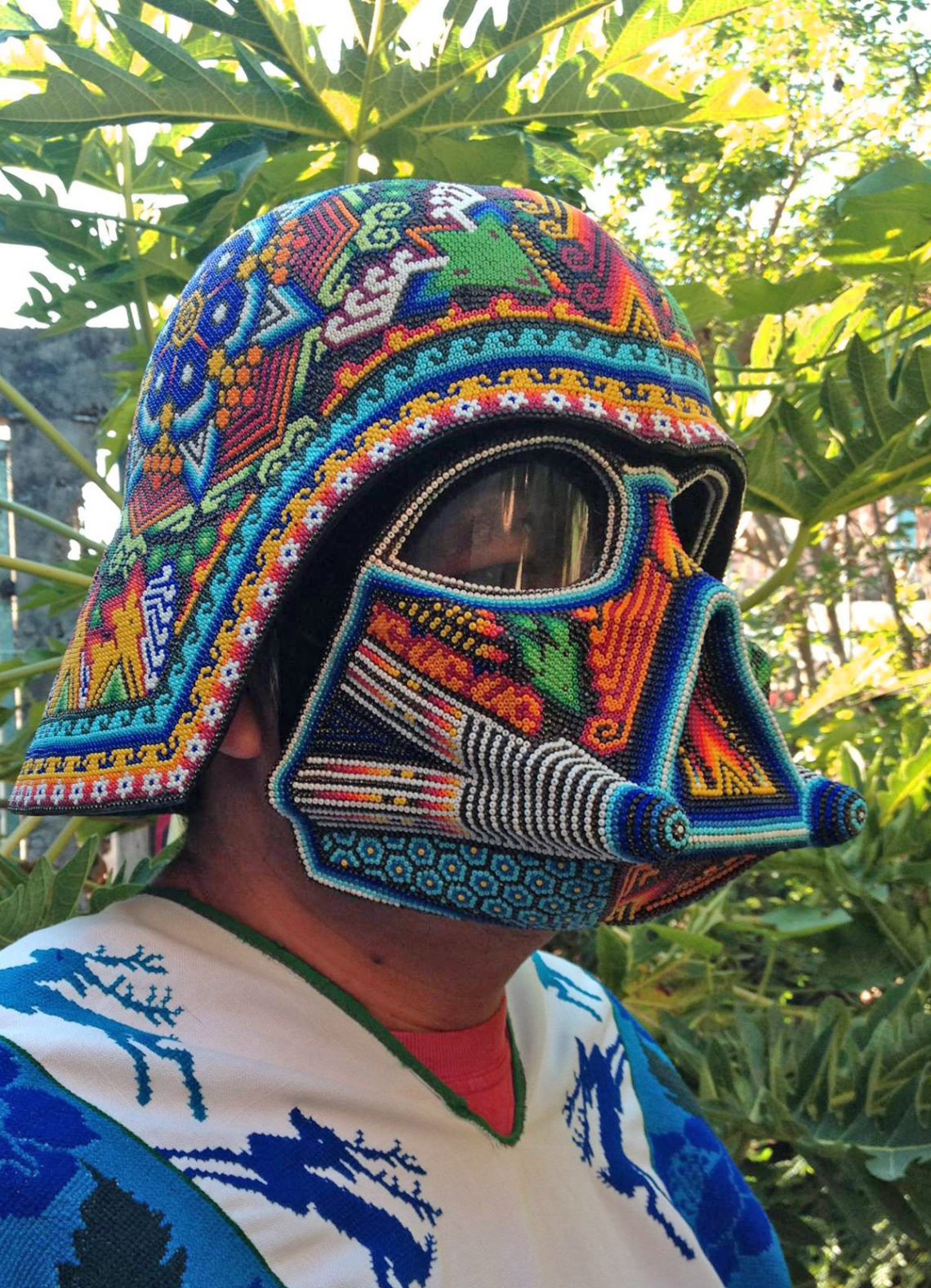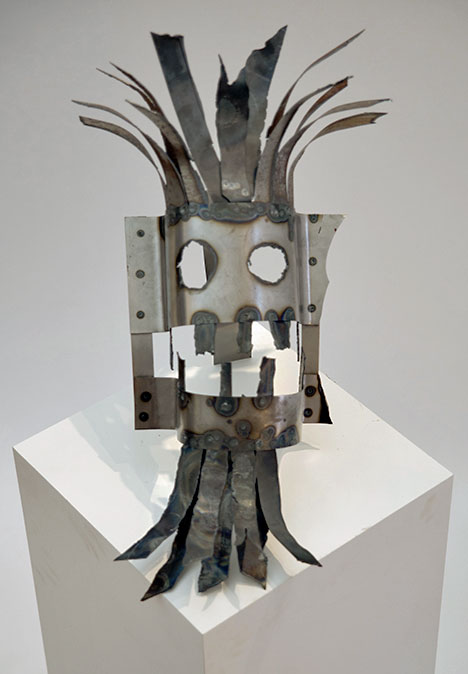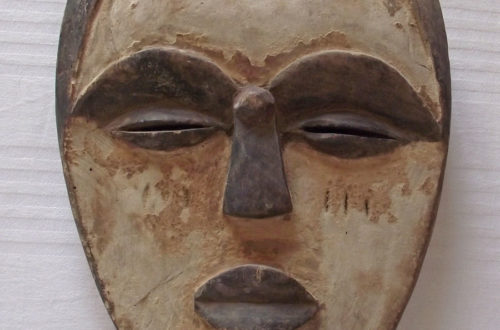 From Austria to the Amazon, masks bring out the impulses of creative art. In my favorite foreign country, Mexico, there is an indigenous group living in the remote states of Jalisco, Durango, Zacatecas and Nayarit… called the Huichol. They have a long history of beading, making the beads from clay, shells, corals, seeds and more. In the middle of the 20th century they started to make wood masks covered in small, brightly colored commercial beads fastened with wax and resin.
From Austria to the Amazon, masks bring out the impulses of creative art. In my favorite foreign country, Mexico, there is an indigenous group living in the remote states of Jalisco, Durango, Zacatecas and Nayarit… called the Huichol. They have a long history of beading, making the beads from clay, shells, corals, seeds and more. In the middle of the 20th century they started to make wood masks covered in small, brightly colored commercial beads fastened with wax and resin.
While the materials have changed from natural to commercial, the designs have changed a little, and many retain their religious and symbolic significance. Many outsiders experience Huichol art as tourists in areas such as Guadalajara and Puerto Vallarta, without knowing about the people who make the items, and the meanings of the designs. I guess the Darth Vador shown here falls into that category.
After the Spanish arrived in the 16th century, the Huichols retreated into the rugged mountains of northern Jalisco and Nayarit. While nominally converted to Christianity in the colonial period by Franciscan missionaries, most of the native Huichol culture managed to survive intact due to the isolation, and because the area lacked mineral or other resources of interest to the Spanish.
The religious faith of the Huichols is still based on a “trinity” of veneration of the deer, corn and peyote. The last, also called mescaline, is ritually gathered each year on a long pilgrimage to the desert area of San Luis Potosí, where the people are said to have taken this dope. The Huichols were of great interest to the hipsters in the 60’s and 70’s.
This art produced for commercial purposes has provided an important, sustainable source of income for the Huichols. Even though new materials are being used, traditional symbols are maintained and transmitted to younger generations. And, of course, the creative beauty and craftsmanship of these masks is now appreciated all over the world. A





